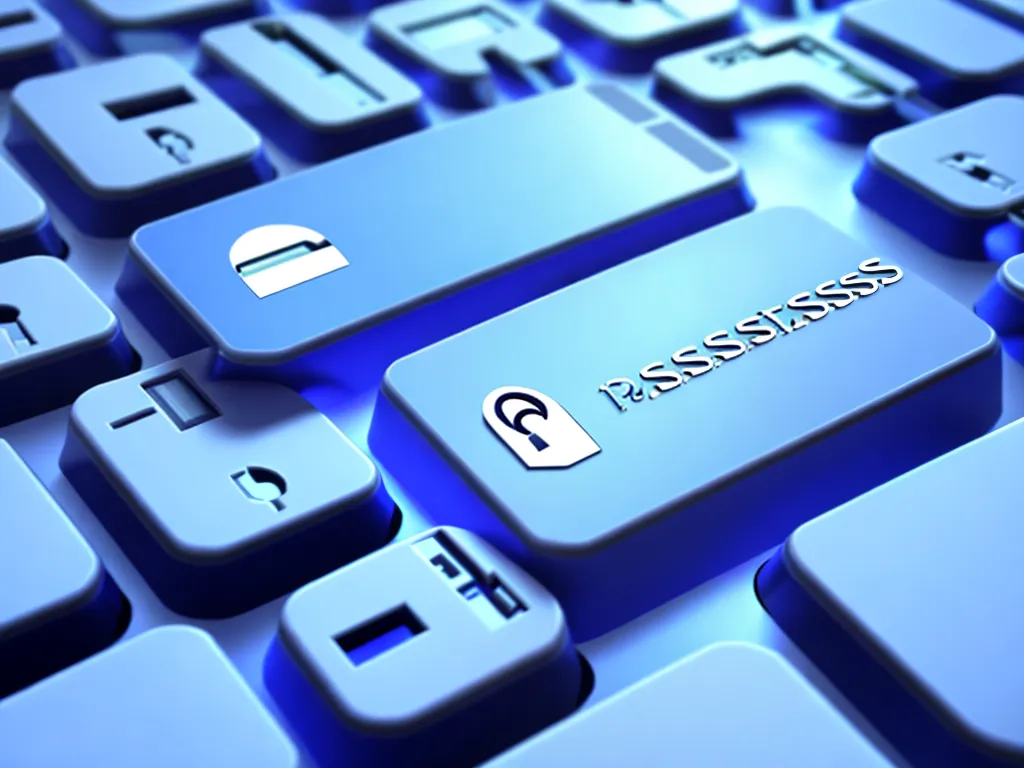
Introduction
Passwords have been the standard method of logging into online accounts for decades. However, passwords come with several weaknesses that make them insecure for authentication:
Users create weak passwords
Many users create simple or common passwords like “123456” or “password” that are easy for hackers to guess. These weak passwords put accounts at risk of being compromised.
Users reuse passwords across sites
To remember many different passwords, users will often reuse the same credentials on multiple sites. This means that if one site is breached, hackers can access the user’s accounts on other sites.
Passwords can be stolen through phishing
Hackers use phishing tactics like fake login pages to trick users into revealing their passwords. Once phished, passwords can be used to access sensitive user data.
Passwords are hard to manage
Between remembering complex passwords and resetting forgotten ones, passwords create a frustrating user experience. Many users write down passwords or use insecure password managers as a coping mechanism.
Due to these pain points, there has been a growing push to move beyond password-based authentication. Passwordless authentication removes the need for passwords entirely, using more secure methods to verify a user’s identity. This article explores the future of passwordless login and whether it can solve the problems with traditional passwords.
What is Passwordless Authentication?
Passwordless authentication, also known as zero trust authentication, verifies users without requiring them to enter a password. Instead, users prove their identity through possession of a trusted device or biometric data.
There are two main types of passwordless authentication:
Token-based authentication
Users are issued a cryptographic token like a numeric code or security key. To log in, they provide the token instead of a password. The token acts as a one-time password.
Biometric authentication
Users provide biometric data like fingerprints or face scans to authenticate. Their biometrics are matched against verified reference data.
Passwordless systems may combine these methods, requiring a user to provide both a security token and biometric login. This provides multi-factor authentication without passwords.
Benefits of Passwordless Authentication
Switching from passwords to passwordless login provides several security and usability advantages:
Increased account security
Passwordless methods like biometrics and security keys are far more secure than traditional passwords. There are no weak passwords to guess or phish, greatly reducing the risks of account takeovers.
Convenience for users
Users no longer need to create or remember complex passwords. Passwordless login is faster and simpler, improving the overall user experience.
Reduced IT costs
Without passwords to manage and reset, IT spends less time on password-related issues. Support costs to assist users with login problems are also reduced.
Compliance with regulations
Many regulations like PCI DSS recommend moving beyond passwords. Adopting passwordless authentication demonstrates security leadership.
Protection against emerging threats
Passwordless authentication closes security gaps that may emerge as computing evolves, such as password stealing on quantum computers.
Challenges with Adopting Passwordless
While passwordless offers many benefits, there are some challenges slowing mainstream adoption:
Product support
Not all apps, websites and devices support passwordless authentication methods yet. Support is still limited compared to ubiquitous password login.
Costs of deployment
For biometric authentication, businesses must install scanners and sensors. Providing security keys to users also creates costs.
User education
Users are familiar with passwords, so they may need education on how new passwordless methods work. Some demographics may struggle adopting to the change.
Regulatory uncertainty
Regulations and compliance standards are still evolving to cover emerging authentication methods. Uncertainty around requirements can hinder adoption.
The Future of Passwordless Authentication
Passwords have dominated online authentication for years, but improved passwordless technologies and shifting attitudes among businesses and regulators suggest a passwordless future may arrive soon:
Increasing product support
Major platforms like Microsoft, Google and Apple now support passwordless. As more products adopt it, passwordless will become standard.
Growing user acceptance
Younger demographics who grew up using biometrics on smartphones are embracing passwordless login. As they enter the workforce, acceptance will increase.
Regulatory encouragement
Government agencies are recommending the move to passwordless authentication. Compliance incentives will further drive adoption.
Normalization in high security uses
Passwordless methods are already normalized in high-security contexts like airports and government facilities. This sets the stage for mass adoption.
While passwords still dominate today, their days appear numbered as passwordless authentication gains momentum across sectors. Users and businesses can expect a future where passwords fade into history as more convenient and secure login methods take over. Though challenges remain, the passwordless model delivers benefits that will likely make it the new normal in the not-too-distant future.
Conclusion
Passwords have served as the primary login method online for years, but their security weaknesses have been exposed over time. With threats like phishing and account takeovers endangering businesses and users, there are calls to move authentication beyond passwords. New passwordless technologies using tokens, biometrics and other secure methods address the vulnerabilities of passwords. Though some challenges like costs and user education exist, passwordless authentication provides convenience and higher security. As more products adopt passwordless and regulations encourage its use, passwords could be phased out. The future of login security points towards methods that verify identity and access without passwords.












